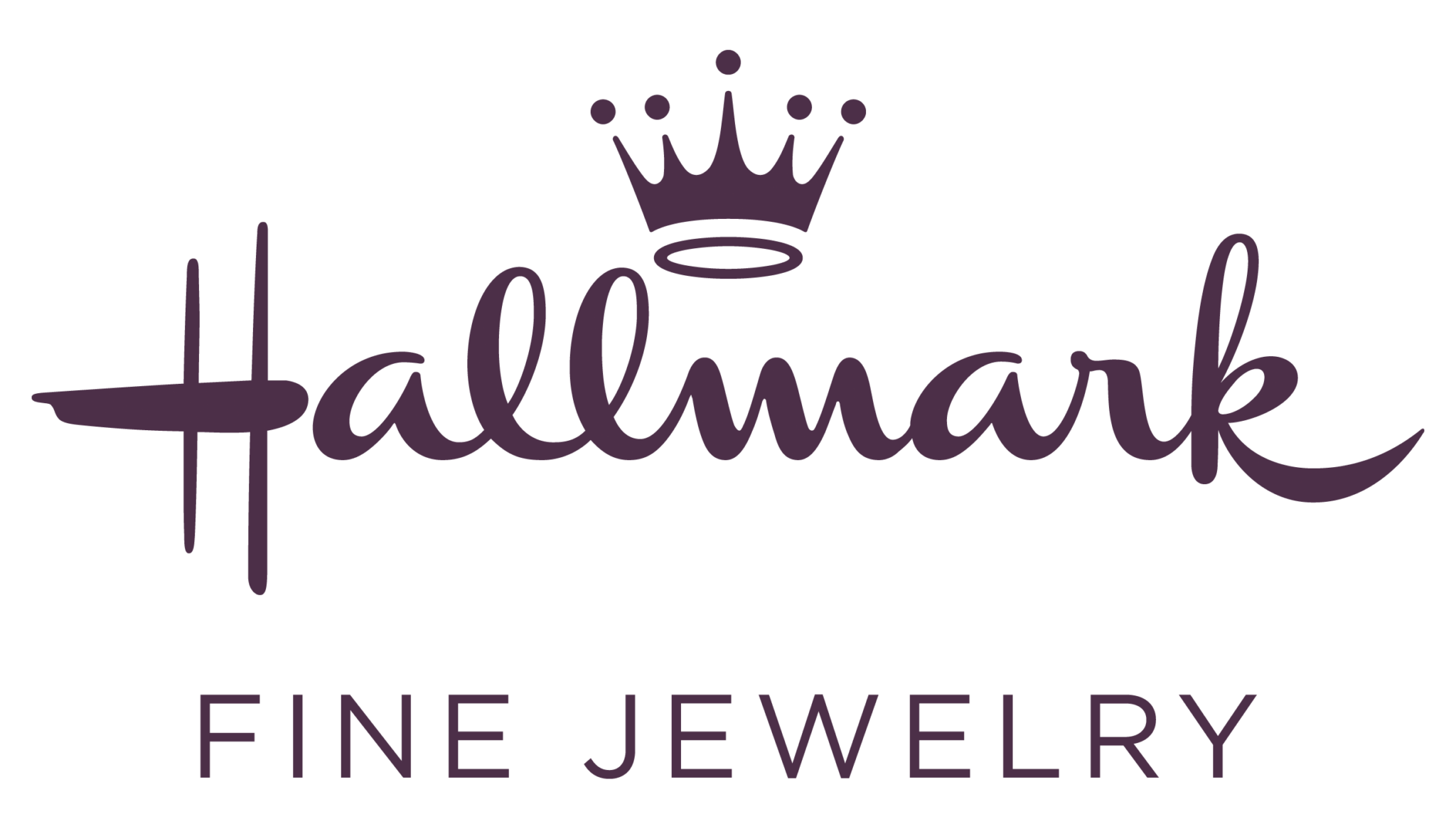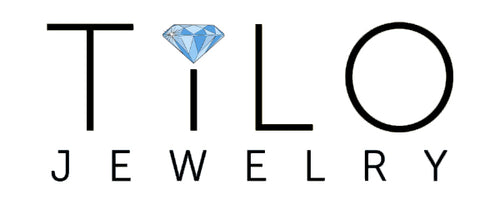When business owners consider developing in-house software for their jewelry operations, it’s often with the vision of having a perfectly tailored and cost-effective solution. While this approach might seem ideal, it comes with its own set of challenges and potential disadvantages that are important to consider. Being deeply involved in providing a comprehensive software suite for jewelry businesses, we summarized our insights on this topic.
Firstly, it’s worth acknowledging the drive and ambition behind wanting to create a custom solution. This initiative reflects a deep commitment to your business’s success and a desire to align every tool with your unique processes perfectly. However, the journey from concept to execution in software development is fraught with complexity, especially for specialized industries like jewelry.
Looking at the leading manufacturers in the jewelry and diamonds sector, it looks like the in-house jewelry software is the standard. What many jewelers are not aware of is that typically, the industry leaders employ teams of 10-20 developers, QA, designers, project managers, and other product team members for in-house software development. This substantial investment highlights the scale of commitment necessary to sustain such efforts, which is beyond the reach of many businesses. Reaching a high-quality product with 1-2 temporarily hired developers is questionable.
1. Time and Resource Investment
The most immediate concern is the significant investment of time and resources. Developing software in-house isn’t just about writing code. It involves meticulous planning, design, testing, and maintenance. For a jewelry business, diverting attention to software development can dilute your core mission. Your expertise shines brightest in jewelry design and customer engagement, not necessarily in software engineering.
2. Ongoing Maintenance and Updates
Software isn’t just developed and left to run; it requires continuous updates, bug fixes, and enhancements to stay relevant and efficient. This ongoing maintenance demands a dedicated tech team, pulling resources away from your main business operations. With a shelf solution, you’re not just buying software; you’re also getting a commitment to continuous improvement and support, ensuring the tool evolves with your business and the industry at large.
3. Missing Out on Community-Driven Polish
It takes literally years to polish the software. Being a comprehensive tool suite developed for jewelry businesses, established solutions benefit from a broad base of user feedback and industry insights. This collective intelligence shapes the software, ensuring it meets the diverse needs of the jewelry market. An in-house solution, by contrast, might lack this breadth of perspective, potentially limiting growth and adaptability to market changes.
4. Staff-related risks
One crucial aspect often overlooked is the risk associated with staff turnover. When the developer or the team responsible for the system departs, continuing maintenance becomes a nightmare, leaving your business in a precarious position.
Starting the development with a 1-2 developers team makes this situation almost inevitable, especially with the development executed as a 1-time project. And with the heavy impact of business-level solutions like Jewelry ERP or jewelry PIM on the business vitality, the cost of software failure is critical.
5. The Challenge of Multi-Channel Systems
Particularly for multi-channel systems like Valigara, which integrate with various external APIs (e.g., eBay, Amazon, or Shopify), the maintenance complexity intensifies. Keeping up with the constant changes and compliance requirements of each external platform is not just challenging; it’s an ongoing battle. Gaining approval for your application on these platforms involves navigating through a maze of regulations, a time-consuming process that is fraught with obstacles.
In essence, attempting to build such a system from scratch is akin to “inventing the wheel” – an endeavor that requires considerable resources and expertise, often without guaranteeing a better outcome.
6. Costs
While the initial idea might be to save costs in the long run, in-house development often becomes more expensive than anticipated. Hidden costs such as hiring or training a tech team, prolonged development times, and ongoing maintenance can quickly add up. In contrast, a dedicated jewelry software suite like Valigara is developed with the industry’s specific needs in mind, offering a cost-effective solution without hidden expenses.
Our simple rule for beginners: if you can’t allocate $100,000 on defining, developing, testing and managing the software project to allocate – the business is not ready for the custom software project.
Summary: Jewelry software development is not a walk in the park.
Are you a jewelry business or a software house?
While the decision to develop in-house software might seem like a path to customization and control, the broader implications—cost, time, ongoing commitment, and missed opportunities for integration and innovation—suggest carefully reviewing the decision. Software for jewelry business like Valigara are born from a deep understanding of the jewelry industry’s unique needs, offering a blend of specialization, support, and community-driven improvement that’s hard to replicate on your own.
Your dedication to finding the best solution for your business is commendable. As you weigh your options, consider not just the immediate benefits but the long-term partnership and support that comes with choosing a solution built specifically for the challenges and opportunities of the jewelry industry.





























